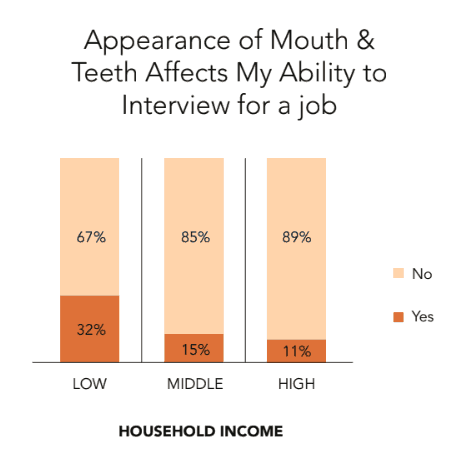Why Do Americans Spend So Much Money On Their Smiles?
All There Is to a Smile: Why Do Americans Spend So Much Money and Energy on Their Smiles?
The average American spends nearly $1,000 every year on dental care without insurance, signaling a scale of investment nationally to ensure good smiles.

According to Dental Health Statistics, “National dental expenditures in the United States are around $130 billion a year and growing.” This is a crystal-clear outlook on the growth of the dental industry, but what is behind a smile that makes so many spend thousands of dollars to improve their looks?
It’s common knowledge that smiling is good for you and often comes with many benefits. But having a smile you’re proud of is an important way to ensure you’re smiling as frequently as you’d like to. After all, nearly 33 percent of Americans are unhappy with their smiles, keeping them from having a confident smile.
If you’re among the many people unhappy with your smile, consider scheduling an appointment with a dentist to discuss your options and boost your confidence. Adam Brown, DDS has robust experience serving Monroe and the surrounding areas; our office sets a new standard for family, cosmetic, and restorative dentistry! Read on to see how crucial a smile is and why cosmetic and restorative dentistry is growing at such a staggering rate.
The History of the Smile
Smiling has been around as long as humans, but how we smile has changed drastically. Some researchers indicate that the “modern smile” is actually relatively new.
The open-mouth “white-tooth” smile is argued to have emerged in 18th-century Paris alongside the creation of modern dentistry. Paris may have marked the emergence of dentistry, but the United States quickly became a world leader in effective dentistry, bringing the white-tooth smile across the Atlantic.
“An open mouth used to mean the person was insane or their reason was totally out of control.” – Colin Jones, author of The Smile Revolution In Eighteenth-Century Paris
Think back to the many statues, portraits, and depictions you’ve seen of humans from long ago. You’d be hard-pressed to imagine one depicting a toothy smile! Many of these pieces feature a soft, closed-lip smirk if any distinction at all.
Though few and far between, the depictions of any open-mouthed smiles often depicted negative qualities rather than those associated with a brilliant smile today. Still, the modern smile became more popular as dentistry improved, as did the connection of cultures in need with a stand-out way to make impressions.
Time has marched forward, and the open smile has been embraced and spread rapidly. Only during COVID-19 (Feel free to read Adam Brown DDS’s COVID-19 Policy here!), with the prevalence of masks, did we see the importance of a genuine, comprehensive, and bright smile taking a back seat. But as we return to normalcy, its importance is more pronounced than ever.
The Health Benefits of Smiling
A better-looking smile means you’ll smile more, but what health benefits can you expect from increased smiling? While it seems like a smile is only relegated to your face, it’s intimately tied to the rest of your body and overall health.
It reduces stress.
One of the best-known benefits of smiling is its remarkable ability to reduce stress levels. When you smile, your brain releases neuropeptides that begin to fight off stress. You can benefit from this even when your smile isn’t genuine. Next time you’re feeling stressed, try smiling — you might be surprised how much it helps!
It strengthens your immune system.
Smiling’s ability to release several chemicals throughout your brain, like the neuropeptides we touched on, also impacts your immune system. The more dopamine and the less stress a person feels, the higher the likelihood they’ll be happy. That happiness will increase your number of antibodies and natural white-blood cells, providing a significant boost to your immune system.
It reduces your blood pressure.
Smiling requires 43 different muscles in your face to work together. When functioning correctly, these muscles can increase blood flow to your brain to enhance cardiovascular health and lower blood pressure. If someone told you that you could exercise 43 different muscles while sitting at your desk, you’d likely employ that exercise into your routine; smiling is just that!
It’s tied to a longer lifespan.
This health benefit may be the most surprising of all: several studies have linked smiling to a longer life span. A team of researchers at Wayne State University looked at photos of 230 Baseball players before 1950 and measured the intensity of the players’ smiles. Those smiles were compared to information the researchers had on the lifespan of the indivudals studied, unveiling a remarkable piece of data:
“For those players who had died, the researchers found longevity ranged from an average of 72.9 years for players with no smiles (63 players) to 75 years for players with partial smiles (64 players) to 79.9 years for players with big smiles (23 players).” – Los Angeles Times
Considering that seven-year difference might tempt you to wear your smile more often!
The Social Benefits Of Smiling
The health benefits are one of many reasons to smile as often as possible. A strong, attractive, and frequently employed smile has been linked to several social benefits. But you have to feel better about your smile to reap those rewards. Adam Brown, DDS has helped countless people achieve that comfort with their smiles, as this review demonstrates:

Smiling is a universal language.
Everyone understands a smile, and it’s often one of the key ways we communicate culturally. Here in America, where so many cultures come together, it’s even more important to have a solid smile to communicate with. After all, Americans smile more than any other country, a topic Adam Brown DDS has touched on before!
A genuine smile is a sure way to stand out.
When you smile authentically, with both your eyes and mouth, you signal many things to those around you. Confidence, competence, friendliness, and approachability are some traits individuals typically associate with a smile.
A strong smile also increases the likelihood that someone will trust you, an invaluable relationship-building quality. Additional studies have even linked the chances of being hired in an interview to the frequency with which the candidate smiles! Whatever the case, benefits like this will help you in both the workplace and your social circles.
A beautiful smile makes you more attractive.
While this piece may seem like common sense, it goes beyond having straight teeth. The symmetry, color, and shape of your smile can all impact how others perceive you.
According to a Harris Interactive study, 82% of adults surveyed noticed a person’s smile first. With pressure like that, you want the best smile possible when making that first impression! Folks with a fantastic smile report increased rates of confidence, more security in their relationships, and overall higher rates of happiness.
How a Better Smile Helps Maximize These Benefits
If you’re thinking, “I would smile more if I liked the way my smile looked,” then you’re reading the right article. Countless Americans find themselves passing on the perks of smiling because of a lack of confidence in their smile. A quarter of those who say they don’t like smiling dislike it because of the appearance of their teeth.
Conversely, those with smiles they’ve invested in report feeling a sense of pride and confidence when showing their pearly whites, meaning they can take advantage of these benefits often.
Adam Brown, DDS believes everyone deserves to have a smile they’re proud of — one they can show off and enjoy some of the many benefits of smiling authentically. The very practice of cosmetic dentistry has that very mission. Also, Adam Brown DDS helps you achieve the smile you want while being as kind and professional as possible. This is a theme echoed in countless reviews, like the one below.

Our dental practice offers a wide range of practices and treatments to bring your smile and teeth to the next level, including:
- Whitening
- Crowns
- Veneers
- Implants
- Fixed Bridges
- Dentures
- Restorative Dentistry
- Dental Bonding
- Invisalign
With more options than ever at a single location, backed by qualified practitioners who can bring your smile to its full potential, why wait? Call and schedule a consultation with Adam Brown, DDS today, and start the next chapter of your life with a smile you can be proud of!





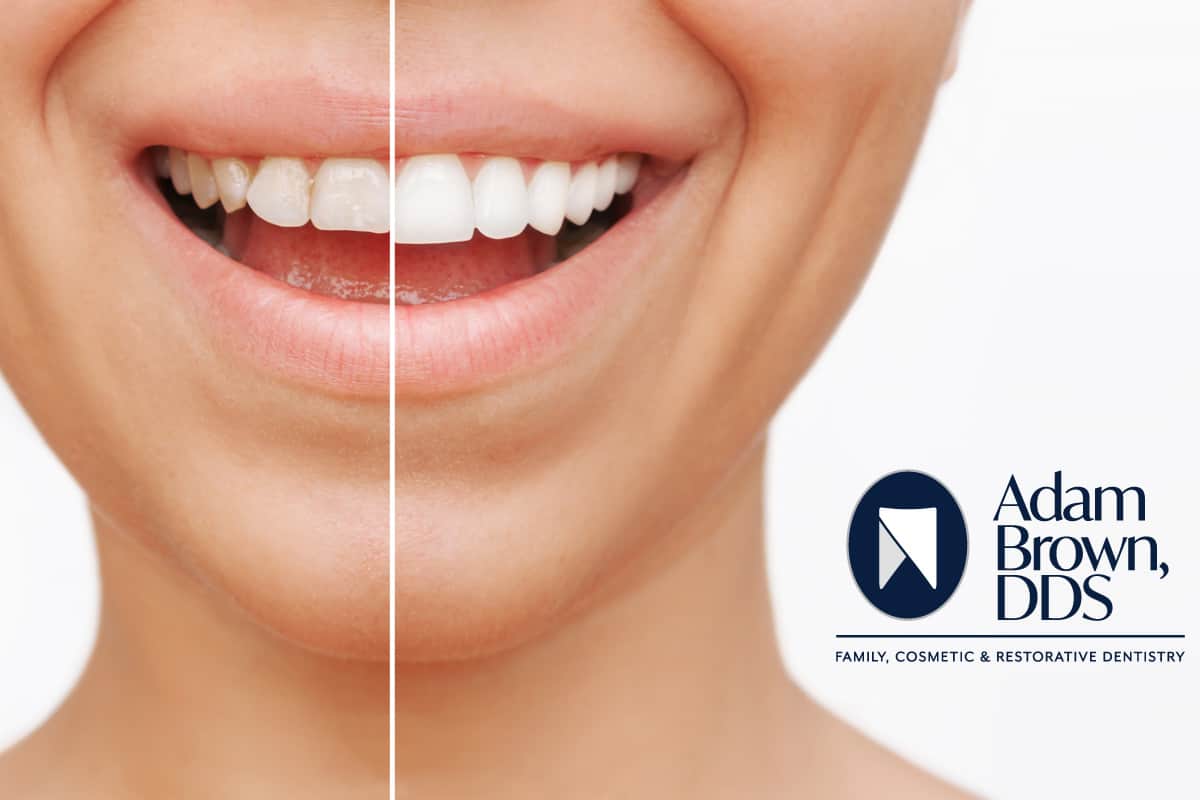
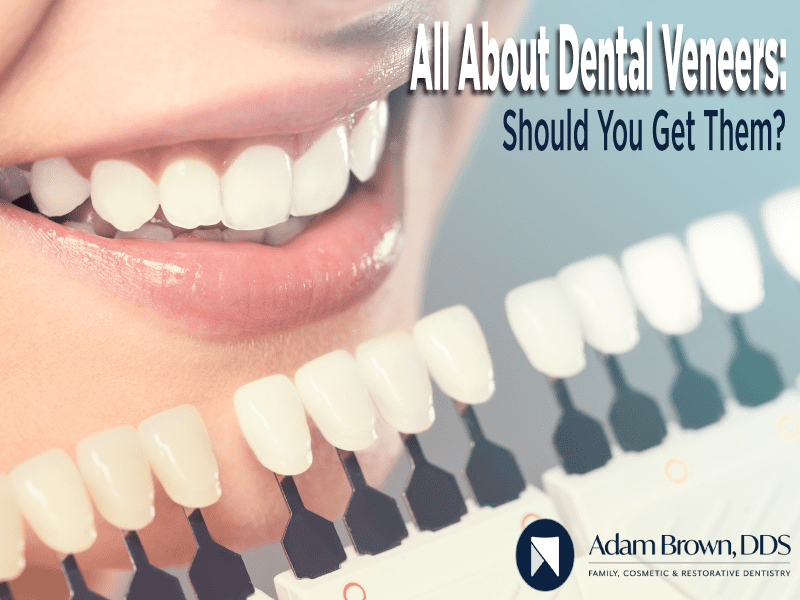
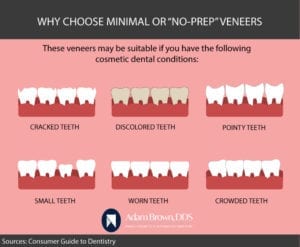
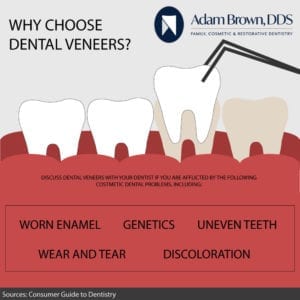
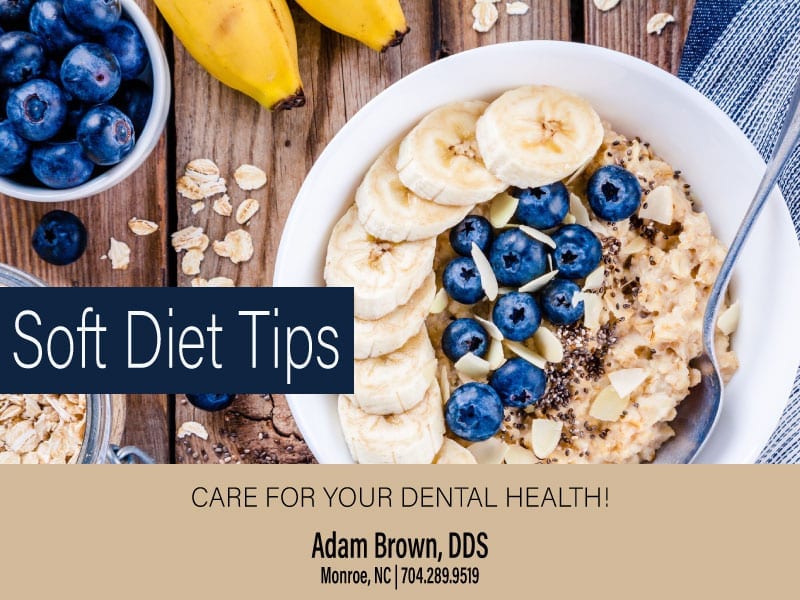 Step 2) The implant is uncovered and the dentist attaches an extension, called a post, to the implant. The gum tissue is allowed to heal around the post. Some implants require a second surgical procedure in which a post is attached to connect the replacement teeth. With other implants, the implant and post are a single unit placed in the mouth during the initial surgery. Once healed, the implant and post can serve as the foundation for the new tooth.
Step 2) The implant is uncovered and the dentist attaches an extension, called a post, to the implant. The gum tissue is allowed to heal around the post. Some implants require a second surgical procedure in which a post is attached to connect the replacement teeth. With other implants, the implant and post are a single unit placed in the mouth during the initial surgery. Once healed, the implant and post can serve as the foundation for the new tooth.